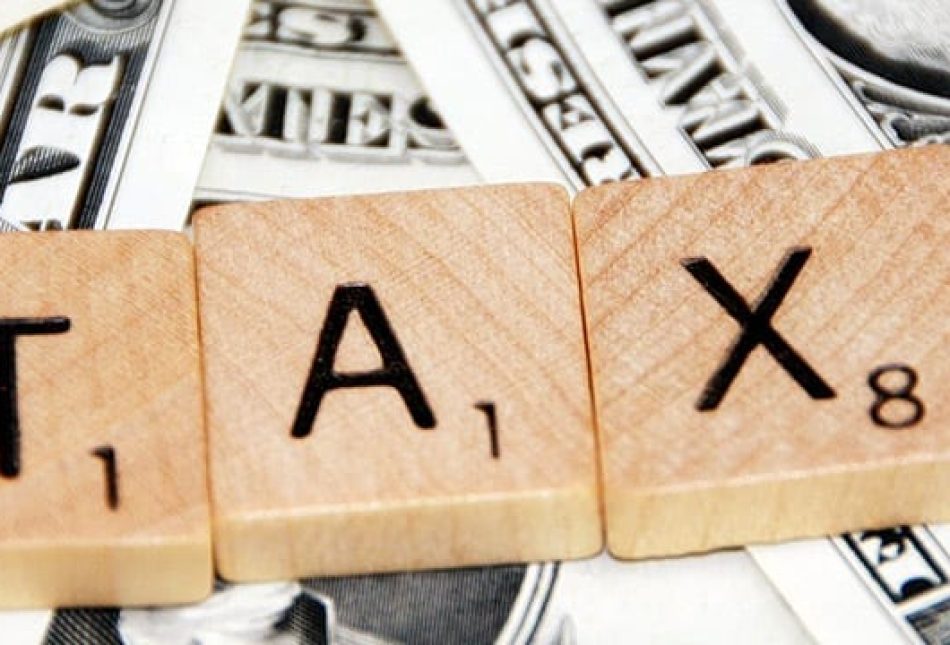Economy
post
Let New Mexican Business In On Tax Breaks

New Mexico tries to lure new businesses into the state with a menu of financial incentives. The state offers tax breaks galore, loans, equity investment, and more. Forty-seven different incentive programs, according to the Economic Development Department.
But does this approach work? I certainly have my doubts, and I don’t believe that anyone can prove that it has any substantial benefit.
Business-luring policies are widespread. All 50 states and thousands of cities and counties give location incentives to firms that might “create jobs.” But these efforts are seldom evaluated, and what evaluations as exist tend to ignore such central questions as how long the jobs last.
I’d like to see a rigorous study of New Mexico’s benefit-cost record in attracting industries, but none is likely to appear. More likely, we’ll see claims of success whenever an out-of-state firm accepts a tax break and, coincidentally, moves here.
The first problem with subsidizing selected companies is that governmental operatives are assumed to know more about prospects of targeted firms than do private investors, and this is hard to believe.
Recently the state planned to spend $15 million buying into Mesa, which took over the closing Phillips semiconductor plant. Given the chancy nature of the semiconductor industry and the almost complete lack of interest by private capital, this was a high risk long shot. Fortunately, taxpayers were saved from probable losses when the lone private investor pulled out and the state blanched at the prospect of putting up even more money. But it was a close call.
One well might question whether such ventures are even “investments” in the usual sense of the word. If I invest in GM stock, I always have the option of selling my shares. But when the state “invests” in some venture, it’s stuck for good; rarely does the state ever sell its interest in the company it’s put money into.
Another problem with targeted tax breaks is that the state is driven into supporting risky ventures. There’s no point in investing in sound companies, because they would do fine anyway.
The target, therefore, must be the marginal firm, the one that needs just that extra jolt of help from the state. But these are precisely the companies that are teetering on the brink of failure. Either that or they are so mobile (like call centers, for example) that before long they will succumb to the enticements of some other state.
Third, much of the benefit goes to currently out-of-state businesses and job seekers. We shouldn’t be running a charity for discontented Texans and Californians. Some New Mexicans will get jobs when an out-of-state business move in, but that is offset by higher tax bills for those of us funding this largess.
Finally, most prospective newcomers will insist upon tax breaks, even if they don’t really need them. Identifying such pretenders is doubtful.
Some of this lure-a-company policy is reasonable. Advertising New Mexico’s business advantages makes sense (although plastering Times Square with a huge picture of the governor was a bit much). The state’s web site does a good job of outlining our tax structure and gives a glowing depiction of New Mexico’s business climate. It features the planned reductions of top marginal income tax rates, while discretely avoiding mention of recent increases in several excise taxes. .
But it’s one thing to advertise the current climate for business, and quite another to guarantee against tax increases in the future. Companies will look past the immediate inducements and size up the prospects for taxation five or ten years in the future. In New Mexico, this is worrisome at best, with unresolved budget pressures (from Medicaid, for example) and tax increases looming.
The best way to promote business confidence in New Mexico would be with a constitutional amendment holding future state spending growth rates to the sum of population growth and inflation. We should copy Colorado’s “Taxpayers Bill of Rights,” which has brought a marvelous improvement in that state’s economy.
Lower taxes across the board, not just for newcomers, and the promise of stable, reasonable taxes in the future, will do more for the state’s economic development than targeted incentives.

